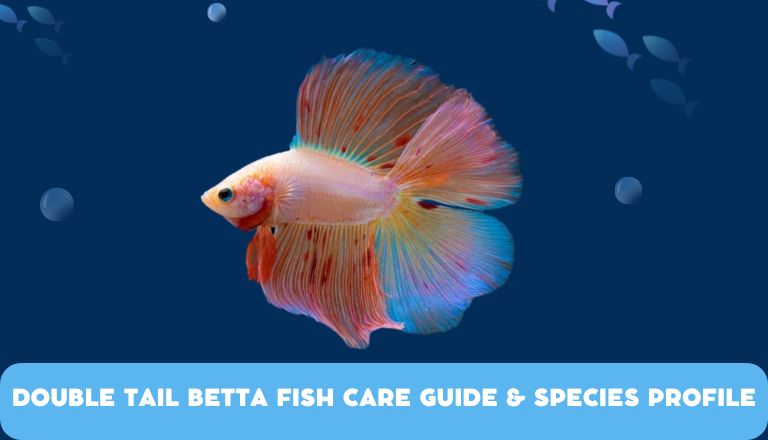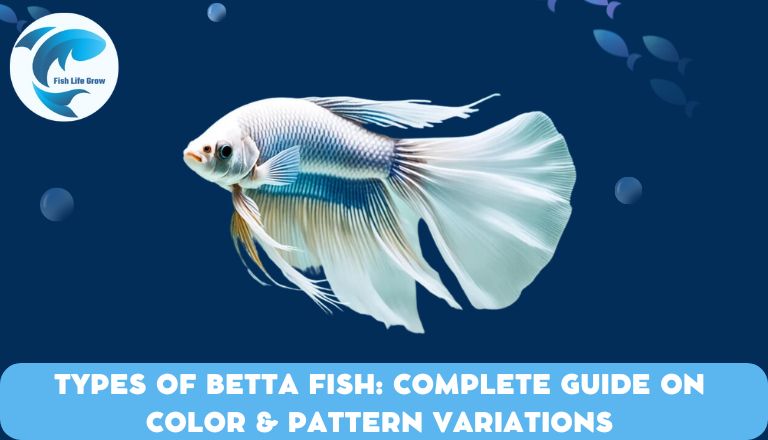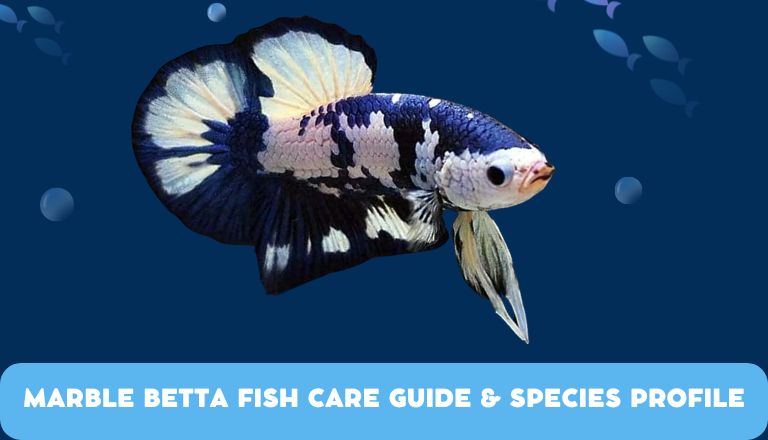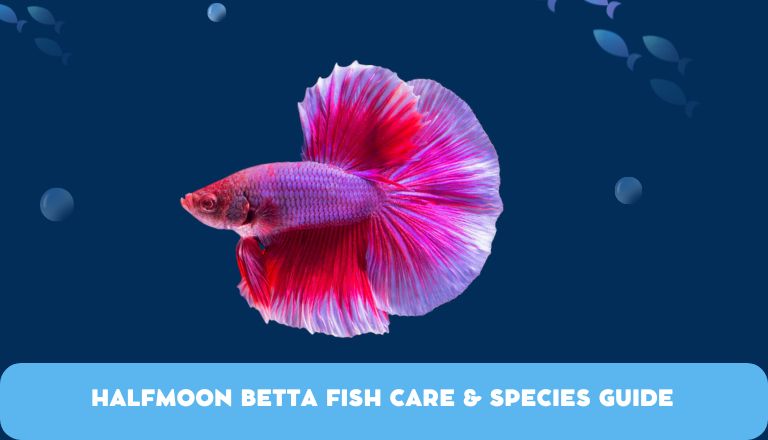Double Tail Betta Fish Care Guide & Species Profile
In the world of aquarium lovers, the Double Tail Betta Fish is a beautiful creature that captures attention with its double tail fin. This guide provides information on caring for Double Tail Betta Fish, including their habitat needs and special characteristics.
Whether you are experienced in keeping fish or new to the hobby, this article will help you learn how to care for these stunning fish in your aquarium.
Double Tail Betta Fish Facts & Overview
Double tail Betta fish, also known as DT Betta or Full Moon Betta, are a stunning variety of Bettas. These pretty fish have a unique fan-shaped tail that makes them different from other Betta fish. These are famous among fish lovers due to their special look.
They have a big double caudal fin, making them look fuller and more flamboyant. This mutation has been bred over many generations to create the striking double-tail fins we see in these elegant fish today. Use a big tank with good filtration and regular water changes to keep them healthy and colorful.
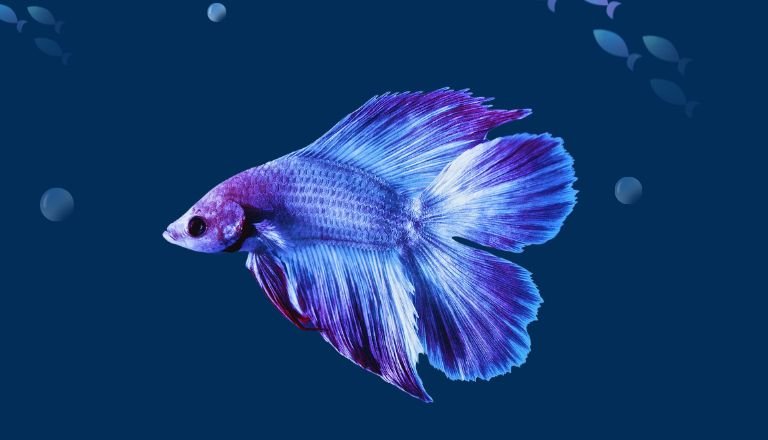
These beautiful fish with their unique look and graceful movements captivate anyone who appreciates their beauty and charm in the underwater world.
Origin
The Double Tail Betta fish is created through selective breeding. They have split tail fins that make them stand out. These fish come from Thailand. Breeders have carefully bred fish with double tails to enhance this feature. This has led to the striking appearance we see today.
They are popular among fish lovers for their beautiful tails. Breeders are working to balance the appearance and the health of these fish through genetic research.
Double Tail Betta Size & Lifespan
Double Tail Betta fish have double-tail fins. They are small, usually growing 2-3 inches long. They have vibrant colors and a lively personality. With proper care, they live 2-4 years.
Provide clean water, good food, and enough space for their growth. For their long life keep tanks clean and suitable. Understand the size and lifespan of your fish for a great experience with them in your aquarium.
Appearance
The Double Tail Betta is a beautiful fish with two tails. This feature gives it an elegant look in any aquarium. The split in its tail creates a stunning display as it swims gracefully. This fish is faster and more agile than other Betta fish because it has two tails.
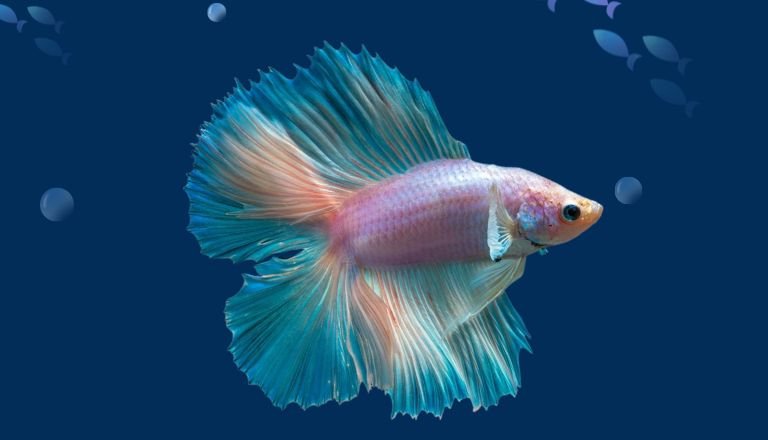
People keep this fish for its beauty and charm. Double Tail Betta is a wonderful creature with its beauty and swimming skills. This fish impresses anyone who sees it in an aquarium with its appearance and movement.
Behavior
Double Tail Betta fish have two tails, this genetic difference gives them a special appearance. Their double tails help them swim better and move more gracefully in the water. These fish are more territorial than other Betta fish.
To prevent aggression, give them enough space and hiding spots in their tank. Adding mirrors or floating plants entertains fish and prevents boredom.
Habitat and Tank Requirements
This beautiful fish needs specific habitats and tank conditions to stay healthy and happy. They need a big tank to be happy. They like having places to hide and lots of plants in their tank to feel at home.
Double Tail Betta fish need normal water temperature. They are sensitive to changes. Change the water regularly and use good filters to keep the water clean and prevent health problems. To keep them healthy and vibrant feed them a balanced diet of high-quality pellets or frozen food.
Tank Conditions
To keep your Double Tail Betta fish healthy, ensure their tank has warm water at 75-80 degrees Fahrenheit and a pH level of 6.5 to 7.5. Add hiding spots and soft plants for them to explore and rest.
Keep the water clean by changing it regularly, maintaining the filter, and checking ammonia levels. Avoid sudden temperature changes and overcrowding in the tank, as these can stress your fish. Create a comfortable environment with the right conditions, to help your fish live a vibrant and long life.
Compatibility and Tankmates
Choose peaceful companions that won’t stress or harm your betta. Peaceful fish like Neon tetras, Corydoras catfish, and Ghost shrimp are good options.
Ensure ample hiding spots and visual barriers in the tank to reduce potential conflicts. Provide live plants to enhance the aesthetics of the aquarium and it also offers natural territories for both the betta and its companions.
Tankmates (To Avoid)
Avoid aggressive or fin-nipping species like Tiger Barbs or Angelfish. These fish tend to bully bettas and can stress them out, leading to potential health issues.
Avoid fish with long flowing fins similar to the Double Tail Betta Fish. This can lead to confusion and territorial disputes among the species. Also, avoid Guppies or Fancy Goldfish as they may cause aggressive behavior in bettas due to their striking similarities in appearance.
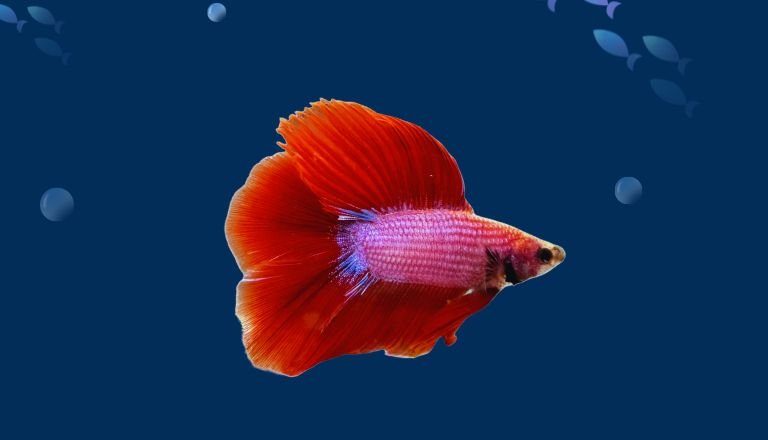
By carefully selecting compatible tank mates and avoiding problematic companions, you can create a peaceful and enjoyable aquarium environment for your fish.
Diet and Feeding Requirements
These beautiful fish require a variety of diets which consist of high-quality pellets, live or frozen foods such as bloodworms or brine shrimp, and occasional treats like daphnia. Ensure the offered food is appropriate in size as Double Tail Bettas have smaller mouths compared to other Betta varieties.
It’s recommended to feed them small portions 2-3 times daily. Avoid overfeeding as this can lead to obesity or other health issues.
Breeding
Breeding double-tail bettas is a fascinating process that needs careful planning. These bettas have a unique look with two tails and offer challenges to breeders. For successful breeding, understand their genetics, and behavior, and provide good living conditions.
Choose the right pairs with strong traits like vibrant colors and healthy bodies. During breeding, care for both male and female bettas and provide suitable housing for the fry. By breeding them carefully, enthusiasts can enjoy their beauty and help preserve their genetic diversity.
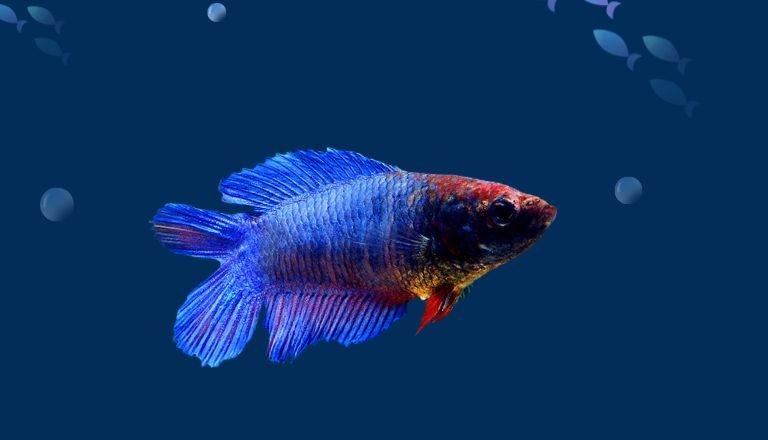
Breeders can create stunning fish by selecting carefully and providing good care. Breeding double-tail bettas is a rewarding way for aquarists to learn more about these creatures and help with conservation efforts.
Conclusion
To care for a Double Tail Betta fish, you need to pay close attention and be dedicated to providing the right environment and care. Understanding their needs and characteristics helps create a healthy habitat for these beautiful fish.
Regularly change the water, have the right tank size, and feed them well. With proper care, these fish can live long and healthy lives. Keep learning about the best ways to keep your Double Tail Betta fish happy and healthy in your aquarium.
FAQs
What is The Lifespan Of A Double Tail Betta Fish?
Double Tail Betta fish can live for 2-4 years in captivity. Some may even live longer with good care. To help your Betta fish live longer, give them a big tank, clean water, good food, and regular water changes. Keep an eye on their health and behavior to catch any problems early.
How do Betta Fish Sleep?
Betta fish sleep differently from other fish. They have a special organ called the labyrinth organ that lets them breathe air from the surface. They can rest near the water’s surface, often floating or lying on plants or decorations. When sleeping, betta fish may look still or slightly tilted to one side. They may also change color, becoming duller or paler. Give bettas hiding spots and plants near the water’s surface so they feel safe while sleeping.
How to Take Care Of A Double Tail Male Betta Fish?
To take care of a double tail male betta fish, make sure they have a 5-gallon tank with a heater to keep the water at 78-80 F. Add plants and decorations to create hiding spots and reduce stress. Feed them a varied diet of high-quality pellets or flakes made for bettas, along with occasional treats like bloodworms or brine shrimp. Change 25-30% of the water weekly using a dechlorinator.

